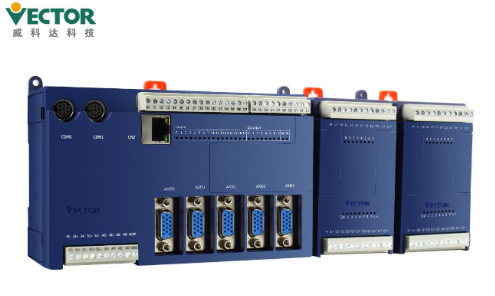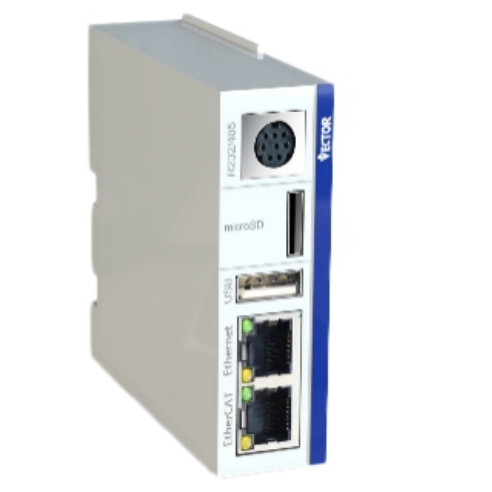Industrial control is mainly divided into two directions. One is motion control, which is usually used in the mechanical field; The other is process control, which is usually used in chemical industry. The motion control refers to a kind of servo system originated in the early stage, which is based on the control of the motor to realize the control of the change of physical quantities such as the diagonal displacement, torque, speed, etc. of the object.
From the point of concern, the main concern of servo motor is to control one or more parameters in the torque, speed and position of a single motor to reach the given value. The main focus of motion control is to coordinate multiple motors to complete the specified motion (synthetic trajectory, synthetic speed), with more emphasis on trajectory planning, speed planning, and kinematics conversion; For example, the XYZ axis motor should be coordinated in the CNC machine tool to complete the interpolation action.
Motor control is often regarded as a link of the motion control system (usually current loop, working in torque mode), which focuses more on the control of the motor, generally including position control, speed control and torque control, and generally has no planning ability (some drivers have simple position and speed planning ability).
Motion control is often specific to products, including mechanical, software, electrical and other modules, such as robots, unmanned aerial vehicles, motion platforms, etc. It is a kind of control to control and manage the position and speed of mechanical moving parts in real time, so that they can move according to the expected motion trajectory and specified motion parameters.

Some of the contents of the two are coincident: the position loop/speed loop/torque loop can be realized in the driver of the motor or in the motion controller, so the two are easily confused. The basic architecture of a motion control system includes: motion controller: used to generate trajectory points (desired output) and closed position feedback loop. Many controllers can also close a speed loop internally.
Motion controllers are mainly divided into three categories, namely PC-based, dedicated controller and PLC. PC-based motion controller is widely used in electronics, EMS and other industries; The representative industries of special controller are wind power, photovoltaic, robot, molding machinery, etc; PLC is popular in rubber, automobile, metallurgy and other industries.
Drive or amplifier: used to convert the control signal (usually speed or torque signal) from the motion controller into a higher power current or voltage signal. The more advanced intelligent drive can close the position loop and speed loop to obtain more accurate control.
Actuator: such as hydraulic pump, cylinder, linear actuator or motor to output movement. Feedback sensor: such as photoelectric encoder, rotary transformer or Hall-effect device, used to feedback the position of the actuator to the position controller to achieve the closing of the position control loop. Many mechanical components are used to convert the motion form of the actuator into the desired motion form, including gear box, shaft, ball screw, toothed belt, coupling and linear and rotary bearings.

The emergence of motion control will further promote the solution of electromechanical control. For example, in the past, cams and gears needed to be realized by mechanical structure, but now they can be realized by using electronic cams and gears, eliminating the return, friction and wear in the process of mechanical realization.
Mature motion control products not only need to provide path planning, forward control, motion coordination, interpolation, forward and inverse kinematics solution and command output of drive motor, but also need to have engineering configuration software (such as SCOUT of SIMOTION), syntax interpreter (not only refers to its own language, but also includes PLC language support of IEC-61131-3), simple PLC function, PID control algorithm implementation, HMI interactive interface, and fault diagnosis interface, Advanced motion controller can also realize safety control.
Post time: Mar-14-2023






